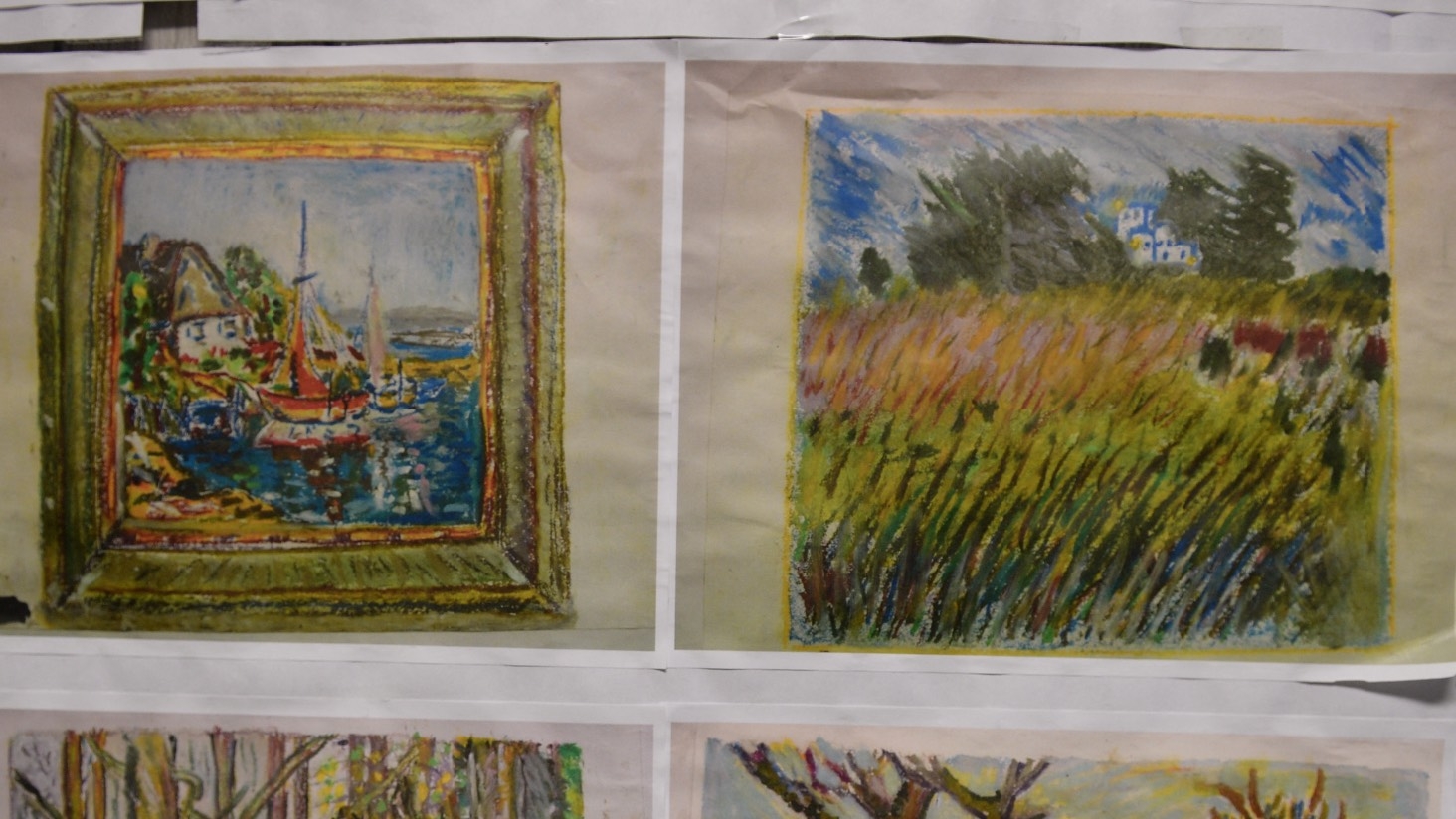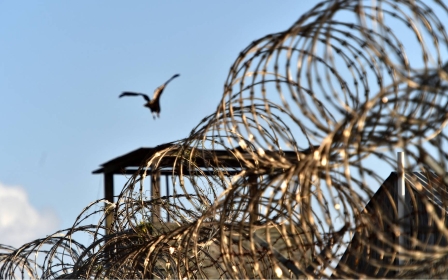Guantanamo: Detainees petition US to release artwork from prison

A group of current and former detainees at the detention centre at Guantanamo Bay have signed an open letter calling on US President Joe Biden to reverse a Trump-era policy and release artwork made by the prisoners.
The Biden administration has stated its intention to close the prison at Guantanamo Bay. But almost two years into his term, the prison remains open with more than 30 detainees, more than half of them now eligible for release.
Still, some of the detainees have stated that if their artwork is not allowed to leave the prison with them, then they are not completely free.
"Art was our way to heal ourselves, to escape the feeling of being imprisoned and free ourselves, just for a little while... Our art helped us survive," said the letter published on Thursday, first reported by the Hyperallergic online arts magazine.
"Art from Guantánamo became part of our lives and of who we are. It was born from the ordeal we lived through. Each painting holds moments of our lives, secrets, tears, pain, and hope. Our artworks are parts of ourselves. We are still not free while parts of us are still imprisoned at Guantánamo."
In 2010, under the Barack Obama administration, an art class was opened up to the detainees at Guantanamo after negotiations with the prison's administration, and as a means of improving the conditions there amid Obama's failure to follow through on his promise to close the prison.
The class opened the detainees to new art supplies and many took to making artwork, painting, sculpting, and even creating model ships.
In 2017, an exhibition in New York City displayed more than 30 paintings and sculptures made by current and former detainees, procured by their lawyers.
However, soon after the show, the Donald Trump administration issued a restriction that declared all art made at Guantanamo government property and that it could no longer leave the premises of the prison. The policy also gave the military permission to destroy any of the artwork.
At the time of the exhibition, the Pentagon said the worldwide media attention given to the artwork had nothing to do with the new policy.
'Art belongs to the artists'
Many of the detainees currently detained at Guantanamo have stated that they do not want to be released if it means leaving their artwork behind.
One detainee, Moath al-Awly, said earlier this year that he would rather his artwork be released from the prison than himself, because "as far as I am concerned, I'm done, my life and my dreams are shattered".
"This art belongs to the artists. Its importance to them cannot be overstated," said the letter.
In addition to being signed by Guantanamo detainees, the letter has received scores of signatures from artists, rights advocates, as well as a former CIA official.
There are currently 36 men being held at Guantanamo Bay, 20 of whom have been approved for transfer, while five are in indefinite detention. Ten are awaiting trial and two have been convicted, including Majid Khan, who has finished his sentence and is in need of a country to be transferred to.
As for the other detainees not eligible for transfer, a lengthy military commissions process has been in place for the past two decades.
Around $540m of US taxpayers' money is spent each year to hold the prisoners at Guantanamo, equal to $13m per prisoner, according to a 2019 report from The New York Times.
Middle East Eye delivers independent and unrivalled coverage and analysis of the Middle East, North Africa and beyond. To learn more about republishing this content and the associated fees, please fill out this form. More about MEE can be found here.





